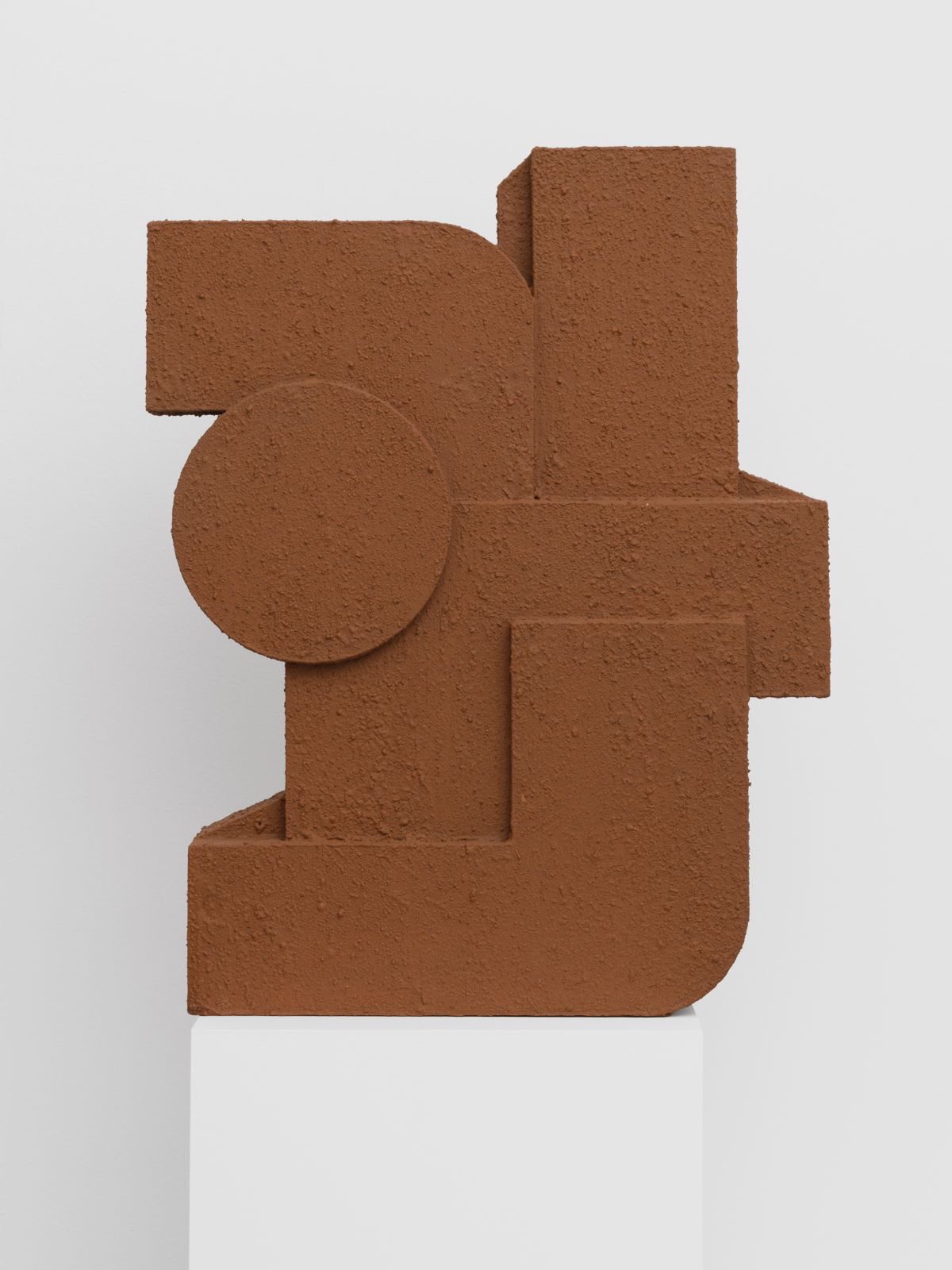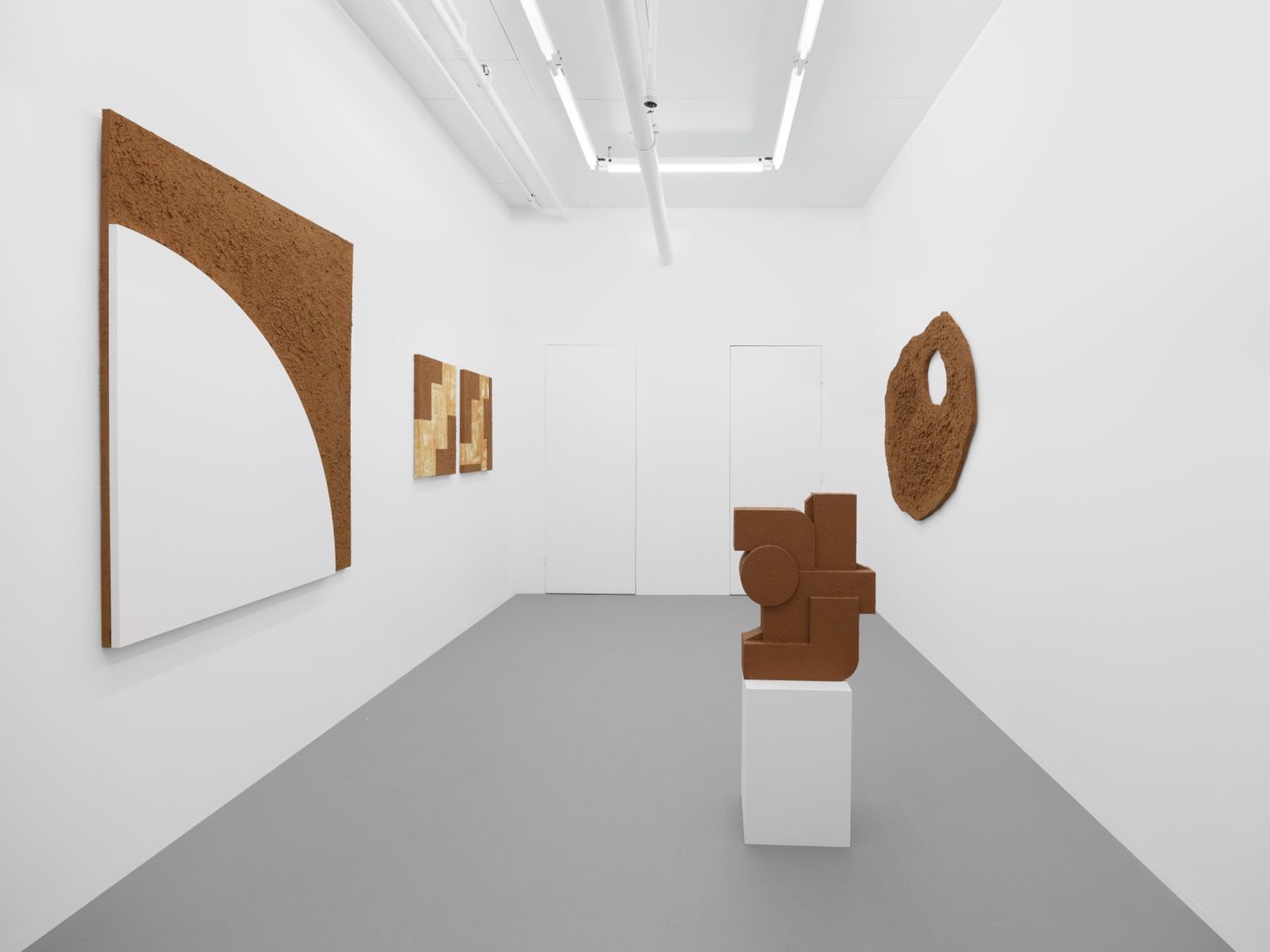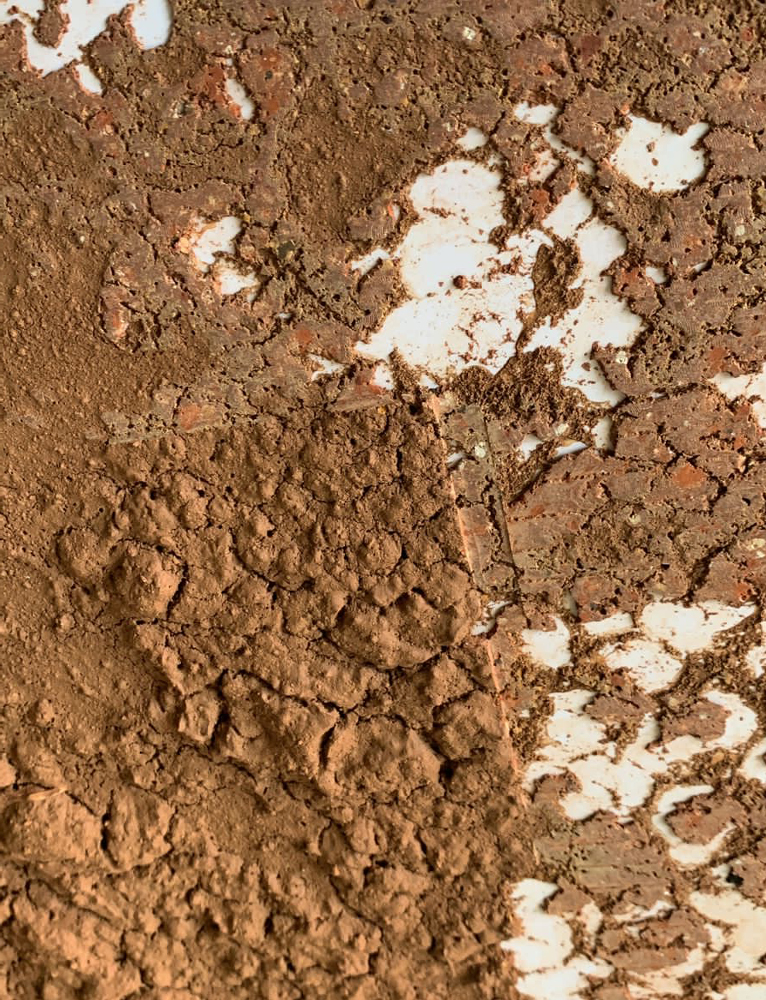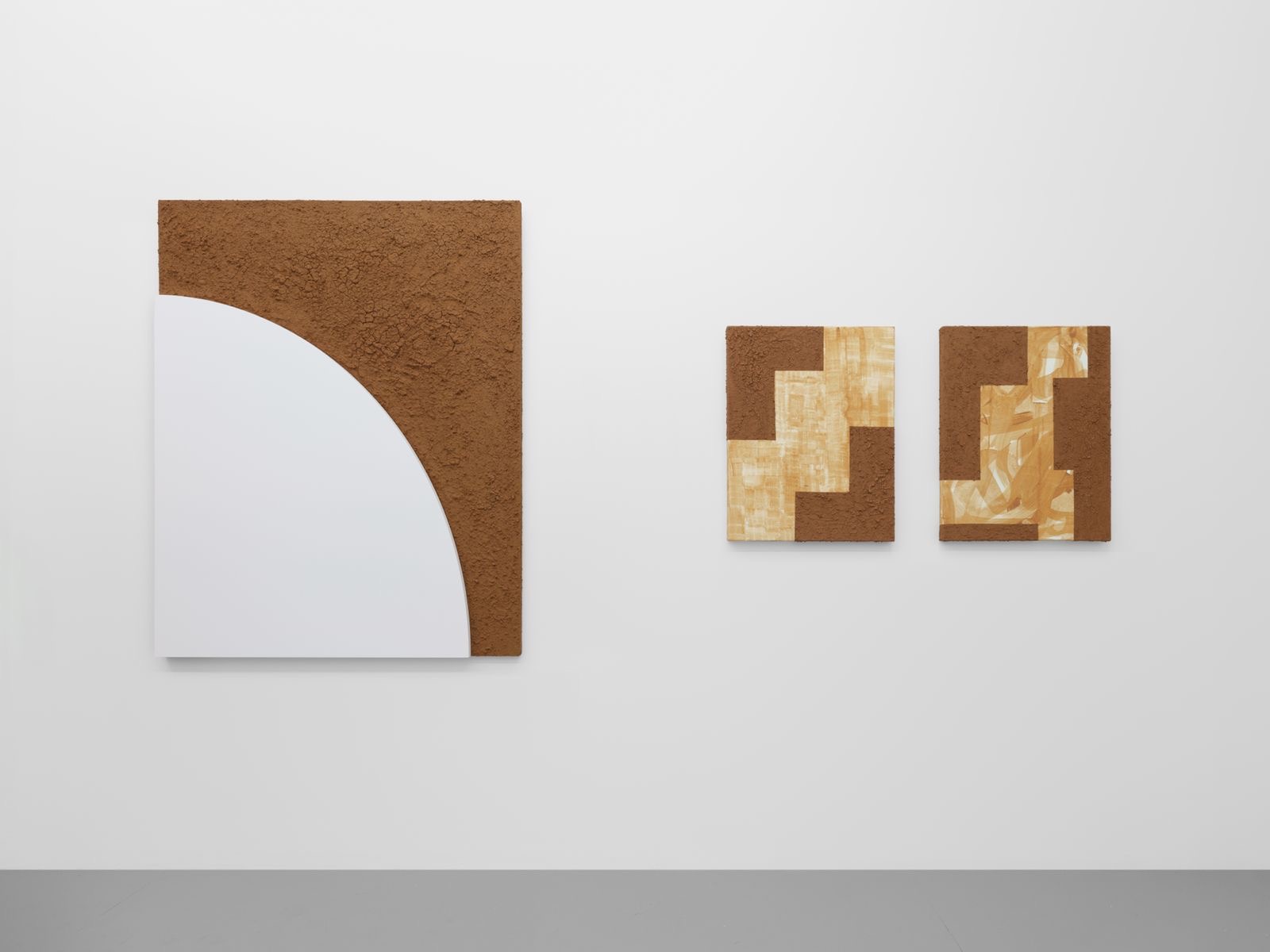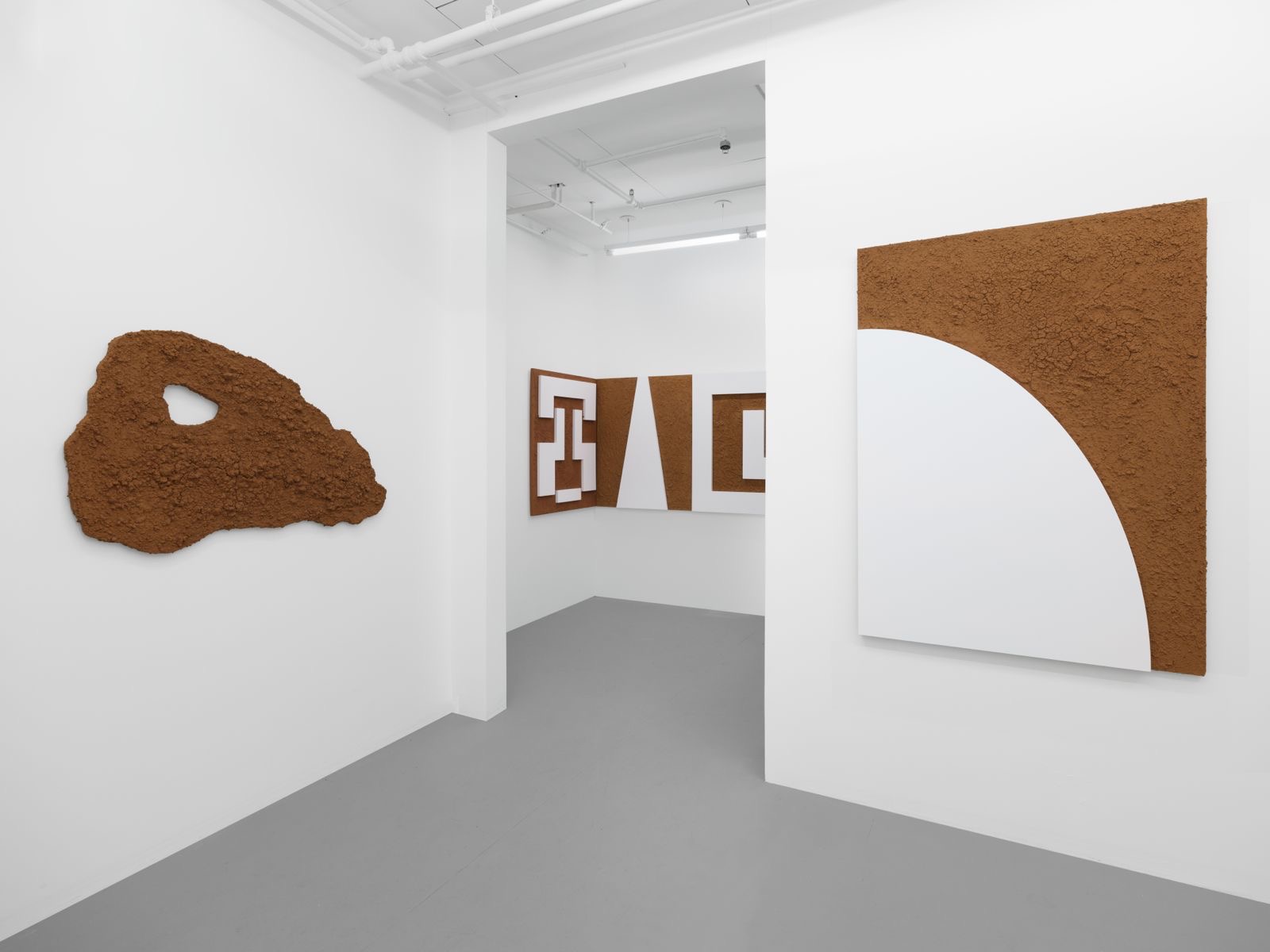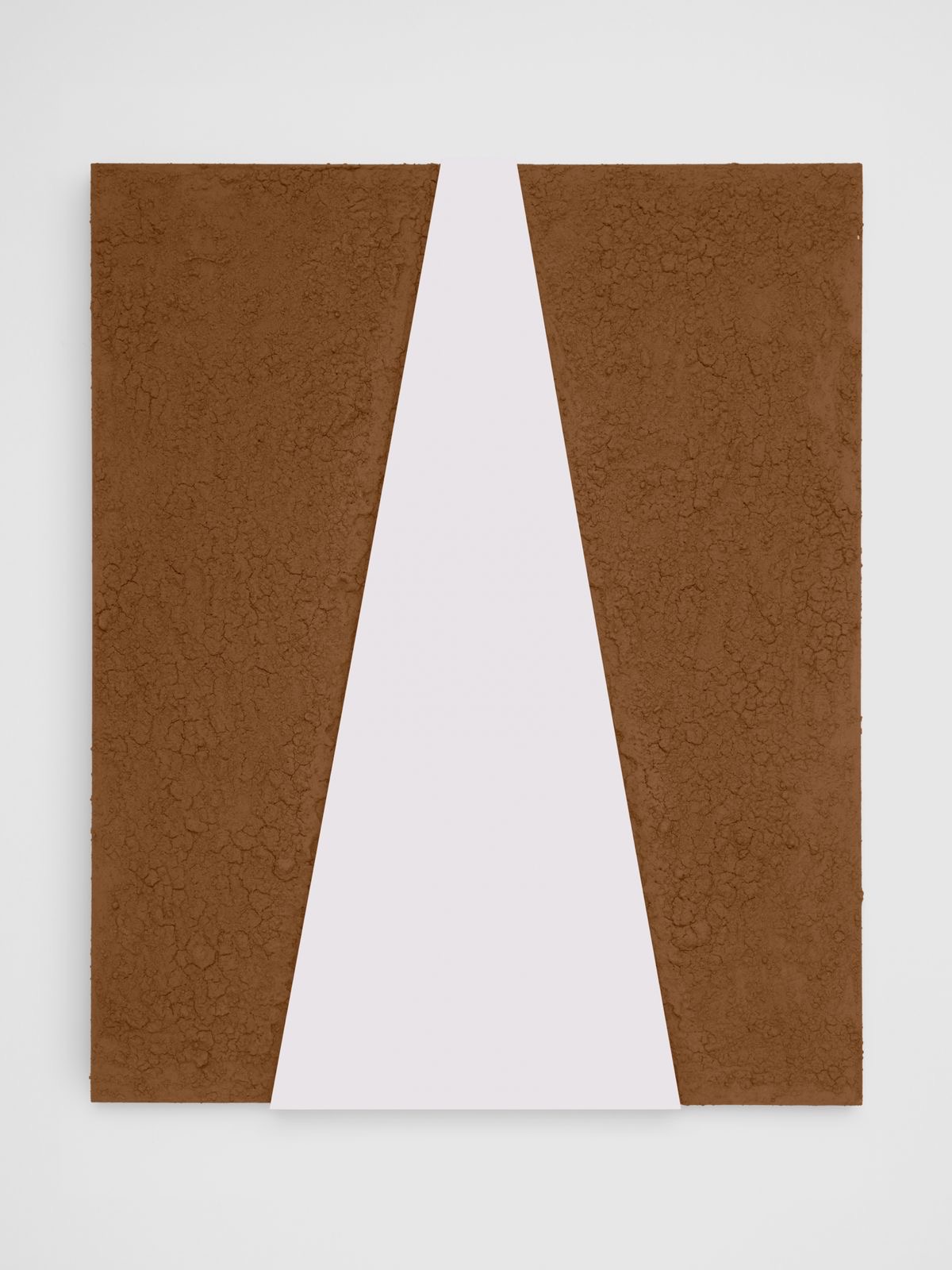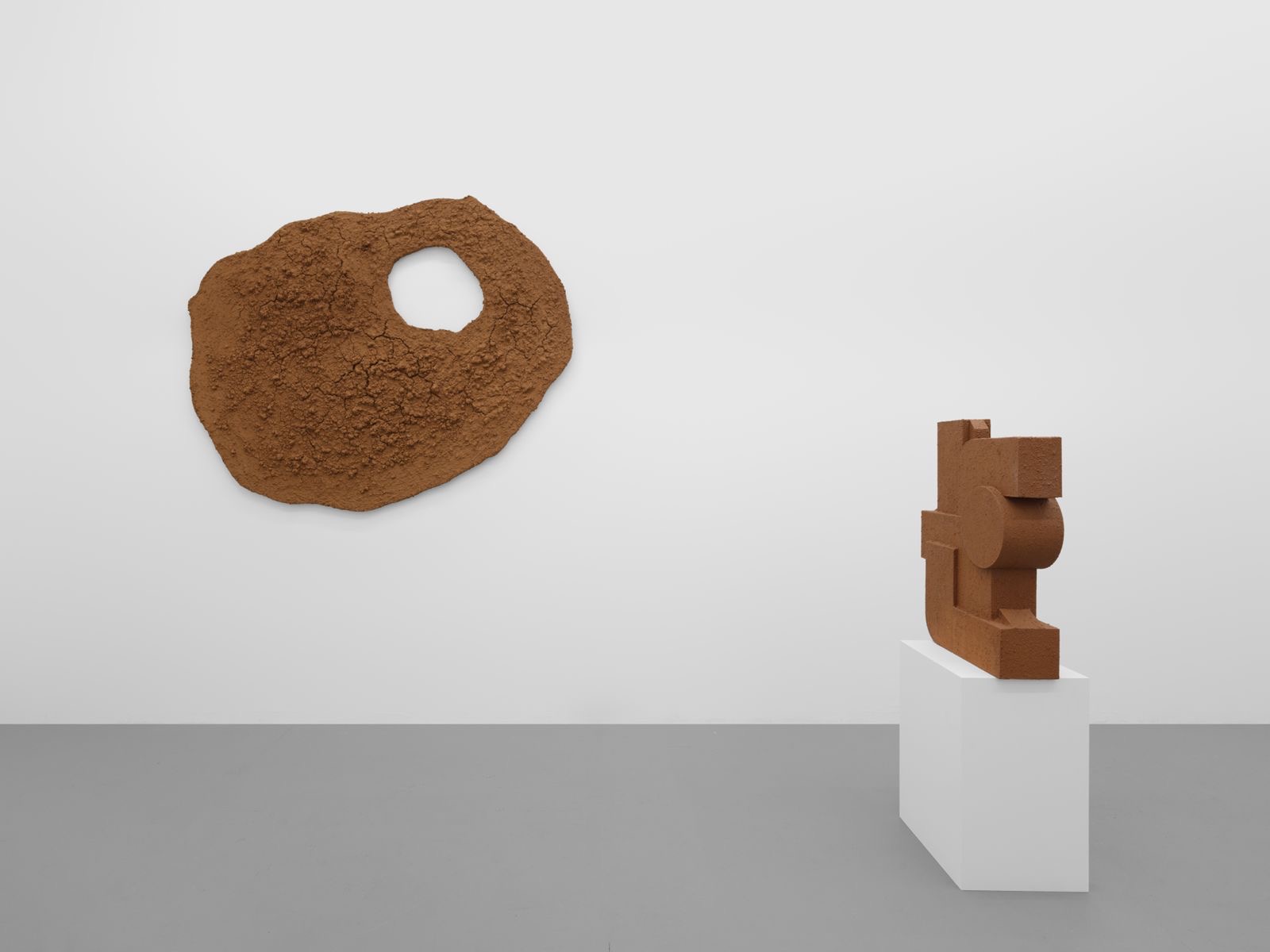Other Ways
Other Ways
356 Broadway, Unit LL15, New York, NY 10013 | hi@efrainlopez.co | www.efrainlopez.co
February 1 – March 6, 2024
Let it be done like this! Let the void be filled! May this water withdraw and be vacated (space), may the eartharise and be established! So, they said. Let it lighten, let it dawn in heaven and on earth! There will be no glory or greatness in our creation and formation until the human creature, the formed man, exists. So, they said. Then the earth was created by them. This was truly how the creation of the earth was made: – Earth! they said, and immediately it was made. Popol Vuh, the ancient stories of the Quiché, Chapter I Influenced by his Chinese-Afro-Panamanian roots, Cisco Merel disentangles the poetic and visual codes of his surroundings, transforming them into works of art. Throughout his practice, Merel’s work has evolved from abstract and minimalist geometry to sculptural paintings, photography, and large-scale interactive public installations. Transcending geographical limits, Merel investigates America’s pre-Columbian past through a post-historical lens. As he absorbs the fundamental elements that define popular culture, his work is subtly imbued with a quiet respect for life, nature, and diversity. It is Merel’s unique aptitude for disentangling, digesting, and reconfiguring historical and cultural knowledge that fuels his work as that in which the unpredictable becomes precise and the fractional elements of form dissolve to create a structural illusion that goes beyond the “architectural” plan as it is reaffirmed in the artisanal, perfectly executed.
In Merel’s work, geometric assemblages or sculptural paintings form contemporaneous modules that sustain themselves, serving as a metaphor for resilience and permanence, fraction and reaction to light, movement, and texture. Drawings inspiration from personal and familial connections, the artist works with the land, utilizing clay as a primary element in his work from which he creates his own urban map. Paths that do not necessarily lead anywhere but are traversed—by choice or by force—have accompanied human displacement for centuries. Tracing these trajectories, Merel “warns” us of the possibility that we may never reach the desired goal, while conversely encouraging us not to give up until we do.
The diversity of Latin America is rich and powerful, multisensory and colorful. However, Merel chooses to present, for the first time, a selection of monochromatic works that call attention to the literal or extremist ways in which the region is perceived and spoken of as “one note”—a perspective that fails to account for the multiculturalism and constant transformation of a region imbued with myths, rituals, and milestones. Merel reinterprets these magical-religious practices with a high level of formal precision and great intellectual resonance, inspired by the culture of the indigenous peoples of the Isthmus, including the Guna, Emberá, and Ngäbe-Buglé, and their influence on contemporary Panamanian society.
Other Ways is the first exhibition in which Merel thematically delves into the earth as a primary element outside of his native country, Panama. Much like the ancient stories of the Quiché, Merel has chartered his own coursein what he considers the creation of a place and the shaping of his own destiny. In contemporary times, where the word “crisis” has become a part of everyday discourse, these artworks not only represent migration and the formation of a specific place, but also highlight endeavors to attain it, its impact on the environment, the connection with Mother Nature, and the use of its resources to protect ourselves as a species.
Maylin Pérez
Art Historian


